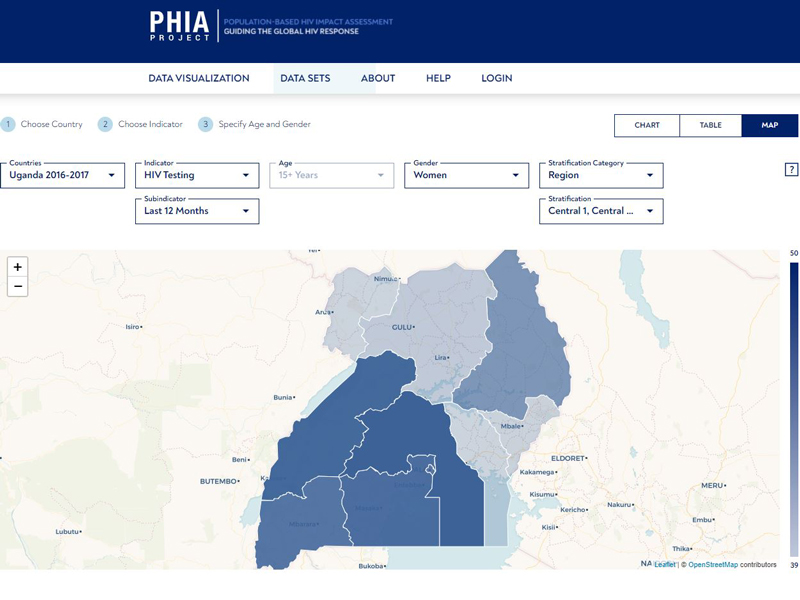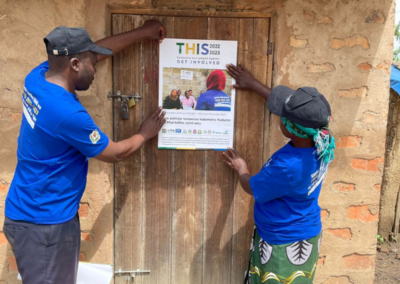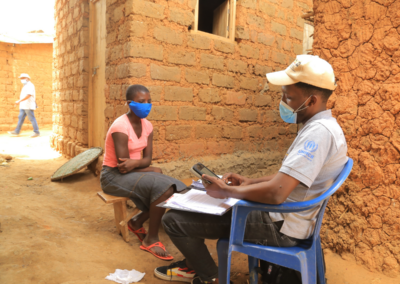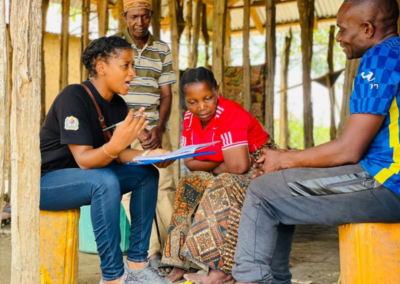ICAP’s Population-based HIV Impact Assessment (PHIA) project has launched a valuable new data resource for health researchers, policymakers, and program planners involved in the global HIV response.
The PHIA Data Visualization Site provides dynamic access to public data sets and visualization tools that allow users to explore the full range of PHIA survey results and build charts, graphs, and maps through a versatile, user-friendly interface.
“This new tool represents a dramatic enhancement to the way in which PHIA data can be viewed, portrayed, and analyzed,” said David Hoos, MD, MPH, PHIA’s project director. “The site gives users the ability to paint vivid visualizations of a wide range of key HIV indicators from the countries where the landmark PHIA surveys have been conducted.”
Since 2014, the PHIA Project has conducted 20 nationally representative surveys to capture the state of the HIV epidemic in 15 of the most-affected countries. This effort is led by the ministry of health in each participating country and funded by the U.S. President’s Emergency Plan for AIDS Relief (PEPFAR) through the U.S. Centers for Disease Control and Prevention (CDC) with technical support from ICAP. The PHIA Project embraces strong and effective partnerships to change the course of the HIV epidemic.
The PHIA Data Visualization Site brings together the wealth of information culled from the cross-sectional, HIV-focused household surveys designed to assess the current status and effectiveness of national programs in reaching HIV epidemic control. Data points include everything from HIV prevalence, incidence, and viral load suppression to key metrics around prevention and, in some countries, even such important data points as prevalence of intimate partner violence.
The site currently includes PHIA final report data from the first PHIA surveys conducted in Malawi, Eswatini, Zambia, Zimbabwe, Tanzania, Uganda, Lesotho, Namibia, Rwanda, Cameroon, Ethiopia, and Côte d’Ivoire. Data from the first surveys in Haiti, Mozambique, and Kenya, along with the second surveys from Zimbabwe, Lesotho, Malawi, Uganda, and Eswatini will be incorporated into the PHIA Data Visualization Site as they are released.
“This new resource puts PHIA data at our fingertips in an exciting and highly useful new way,” said Dr. Hoos.
Visit the PHIA Data Visualization Site here.










